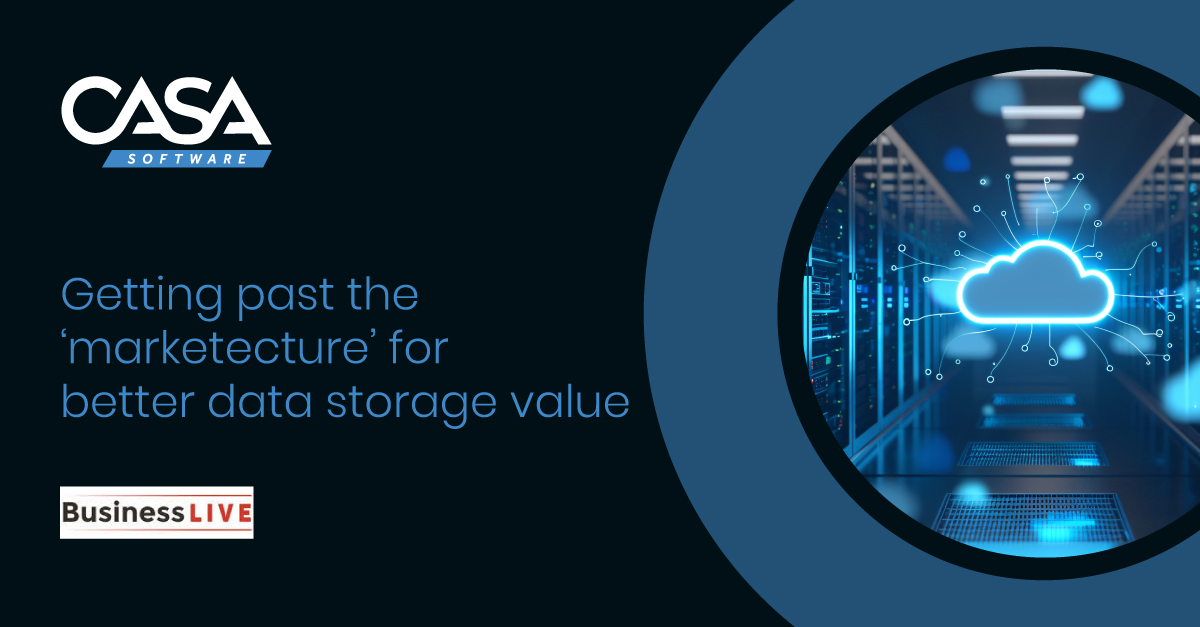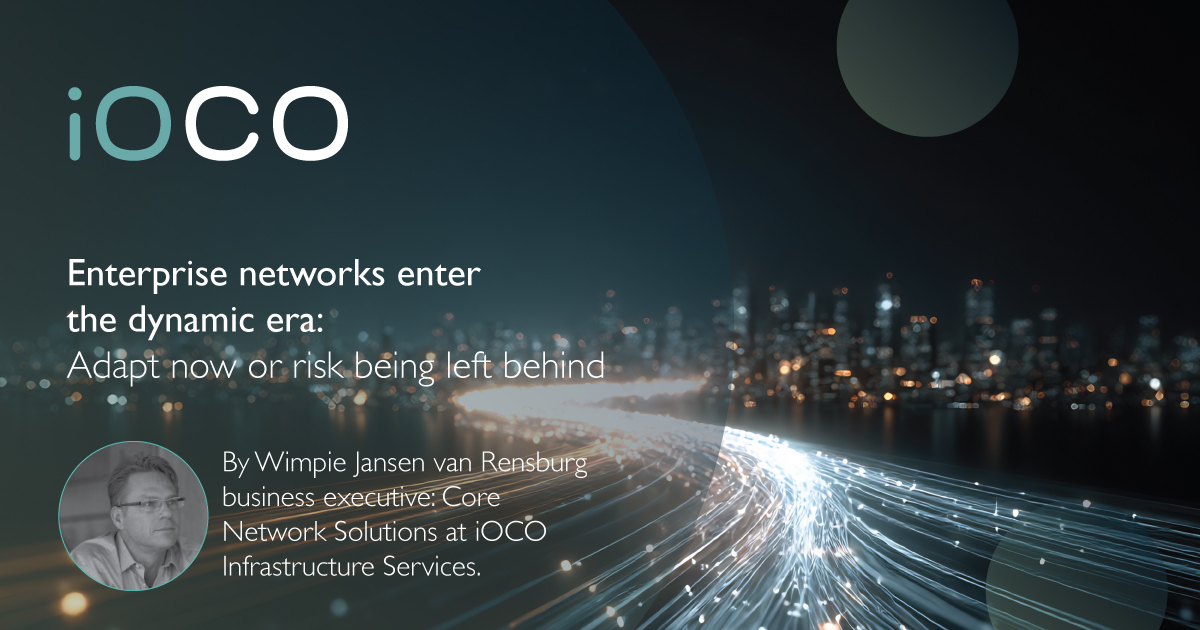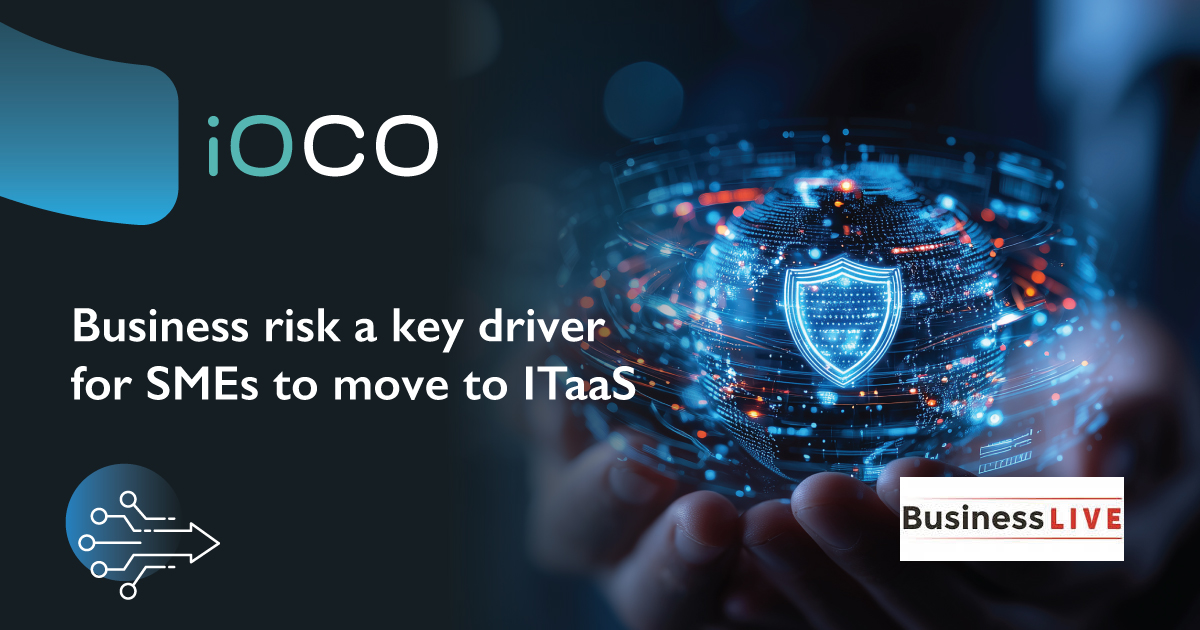Article written by Rodwill
Driving Mining Into A Digital Future
“The implementation of digital technologies in mines – including the current hot topic, artificial intelligence – can drive productivity, improve safety, and ensure environmental stewardship.”
According to a 2023 PwC survey, 100% of mining CEOs in South Africa are now committed to transitioning to digital technologies, including integrating these technologies into their environmental, social and governance (ESG) programmes.
Despite these advancements, the survey reports a consensus among these CEOs that although there has been development in the use and understanding of technology within the mining sector, there is much room for improvement.
Lesley Hutchins, managing executive for mining industrial at BCX, says it must be remembered that legacy systems aren’t easily retrofitted, making efforts costly and challenging calculations around return on investment (ROI).
“If the lifespan of a mine is short, less than seven years, digitisation and achieving ROI is almost impossible in this already labour- and capital-intensive industry. However, digitisation is nevertheless proceeding across the value chain – from finding and mining through processing and trading,” she says.
The Digital Transformation Of Mines
Digital tools can drive productivity, improve safety, and ensure environmental stewardship. Automated drilling and hauling systems, internet of things (IoT) sensors monitoring mine conditions, drones for surveying, and data analytics for operational efficiency are just some technological possibilities, she says.
“These solutions all depend on extracting value from data – finding, organising, and analysing it, at speed. By centralising operational data, mine operators are able to use the information to improve the condition and functionality of their assets, allow for remote work, and ensure that processes run efficiently.
“Digitisation’s potential to enhance decision making cannot be understated. Real-time data allows for the swift identification and rectification of operational inefficiencies, leading to cost savings and increased production rates.
“Mine operators can use predictive analytics to anticipate equipment failures before they occur, reducing downtime and maintenance costs.”
Centralising data management, applying master data management strategies, and using model-driven processes, says Hutchins, allows for better planning, taking advantage of market prices, and improving ore recovery forecasts.
Currently, digitisation efforts are clustered in processing areas of the business, and in logistics, planning and supply chain management. In these, small improvements make a big impact on the bottom line.
“In these areas, simply by digitising work, the mining, mineral processing, and metals industry (MMM) has a quick win in collaboration, productivity, and efficiency. Digital work can be done from anywhere in the plant, from various sites, or remotely. This means that people can accomplish more.
By centralising operational data, mine operators are able to use the information to improve the condition and functionality of their assets, allow for remote work, and ensure that processes run efficiently – Hutchins
“Safety is of course a key issue in the MMM sector, and digitisation offers remarkable tools to protect workers. Technologies such as wearables that alert systems to hazardous conditions can significantly reduce workplace accidents.
“Labour unions, integral stakeholders in the industry, have also noted that digital technology is vital for improving health and safety, and plays a significant role in communication,” she says.
The Virtual Twin
Numerous players in the mining industry have been adopting, adapting, and even developing technology to improve aspects related to safety, productivity and sustainability.
Many examples come to mind, but more frequently than not, these are invariably point solutions that aim at improving specific parts of processes in isolation. Examples of applied technologies include sensors and internet of things (IoT), robotics and automation, virtual and augmented reality, digital photogrammetry and light detection and ranging (LiDAR), and data analytics and artificial intelligence, to name a few.
Efforts to master and improve applications of these technologies across mining processes must not be understated, but there is more to be done in terms of connecting the dots between them. Once these technologies and the data they interact with are connected and “converse” with one another, then significant levers – those that transform businesses – can start to be pulled.
The ultimate target is to make the mine operate like an automated factory within the framework of a virtual twin. This framework provides a live virtual replication of the real world in which processes – or systems – are interlinked and associated with one another, with the underlying data that informs and describes those processes.
It is this data associativity, combined with smart methods and algorithms, that allows one to constantly chase value while in operation, adjusting to uncertainty and unplanned events, being of technical, mechanic, or market nature.
The virtual twin framework allows closing of the loop between information technology and operational technology, while leveraging AI algorithms, cloud and edge computing, within an environment that is cybersecure by design.
It allows miners to think out the box and virtually test ideas before physically implementing them.
So, the virtual twin aggregates a range of technologies as described above within a dynamic, live, and scientifically accurate system-of- systems framework.
Technology Challenges
Gustavo Pilger, worldwide GEOVIA R&D strategy and management director at Dassault Systèmes, says to overcome the technology challenges mines face, they need to recognise that many industries parallel to mining have gone through similar digital transformation journeys.
“I think we need to learn and leverage as much as possible from them. I often hear people saying that mining is different, so technologies and processes successfully adopted across other industries cannot simply be adopted in mining.
“Sure, the mining industry has its peculiarities and particularities, but other industries have them too. Connectivity within and across sites is one that immediately comes to mind,” he says.
“However, in my view it is more like a capital investment problem than one of technology. What I mean is that there are technologies capable of connecting sites in many parts of the world that are today lagging behind cloud adoption, for instance. Of course, there are connectivity blindspots around the world, but I think it’s a matter of time and investment to close them.”
Beyond connectivity, notes Pilger, other key challenges to solve include closing the information technology-operational technology loop to ensure that the mining IoT works as intended or designed.
“Associated to this are challenges related to standards for interoperability, including defining ontologies and semantic dictionaries so that machines, devices and algorithms can ‘talk’ the same language. This will allow them to exchange the right data for informing adjacent processes.
“Also related to this is the role of artificial intelligence (AI) in the technology mix, including aspects about regulation and data ownership to train, build, and use predictive models, for example.”
Another challenge, or opportunity, he says, is to rationalise, connect, digitalise, and integrate supply chains for further agility and productivity gains.
“As mining operations become increasingly digitised and connected, the risk of cyberattacks grows – from hacking to data breaches and operational disruption – all with potentially severe consequences. So, this is another ongoing and increasing challenge that needs to be overcome,” he says.
When it comes to AI, mines should be thinking along the lines of ‘How do I empower my people with this technology?’ rather than ‘Can we use it to fully automate our business?’ – Abrahams
Ai And Automation
Alana de Wet, connected industrial ecosystems business development executive for mining at iOCO, indicates that mine start- ups using AI and automation technologies would have an enormous strategic advantage on their legacy competitors.
“Of course, there is a downside, in that having to make the upfront investment in the infrastructure required for a properly digitised mine would be costly. However, it would also mean not having to worry about integrating legacy systems. Integration is something that many older organisations struggle with, when trying to transform into a more digital business.
“It is worth mentioning that digitising also requires the right organisational culture, and this is where leadership needs to come to the fore. When we speak of AI, we talk of augmented human capability – so it is not about replacing humans, but using the technology to improve their capabilities,” says De Wet.
Ultimately, she says, it is leadership’s role to empower and excite workers by demonstrating use cases for AI, and to also ensure proper training and skills development for their people. After all, AI doesn’t work properly without human involvement.
Callan Abrahams, principal AI consultant at iOCO, says while mines speak of becoming fully automated, we really need to think about what automation means, because it is still vital to have people in the loop. She says technology can always suffer technical difficulties, so people still need to be a part of the system, to ensure it works properly at all times.
“Working with AI means thinking of it as an extended colleague, rather than a replacement. Ultimately, the technology is costly and needs to be properly managed, so people will remain part of the mix for the foreseeable future.
“In fact, mines need to accept the concept of using AI to augment human capability, rather than fully automating their operations. In my opinion, they should be thinking along the lines of ‘How do I empower my people with this technology?’ rather than ‘Can we use it to fully automate our business?’,” says Abrahams.
The Mine Of The Future
Pilger believes that technology development and its adoption will play a key role in the mine of the future. Navigating through the challenges outlined above will be essential to eventually realise the vision of an automated mine.
“The vision is one in which a mine would be a data-driven, fully automated and simulated, electrified system-of-systems operation, functioning continuously and reliably. It would adjust on the fly as conditions shift and plans change, based on continuous updates and input from
intelligent sensors as well as human decision making. This should take place in a fully integrated industrial internet of things ecosystem,” he says.
These and future technologies – and the efficiencies promoted by their application – could open up new spaces of opportunity, says Pilger. For example, it can help to conceive new innovative mining methods; ones that improve resource efficiency, minimise waste, and ultimately reduce the environmental footprint of a typical mine.
“Digital technologies can help us to develop and implement innovative advanced mineral processing methods, capable of higher recoveries at minimal environmental impacts. It is my opinion that in future, we will be working in tandem with technology and derivative devices to enhance human potential and foster creativity. Moreover, by doing so, we will transform the way we traditionally mine and run a mining operation,” he says.
Originally Published in SA Mining, May/June 24 issue, page’s 28-30 [SA Mining May/June 2024 by SundayTimesZA – Issuu]



